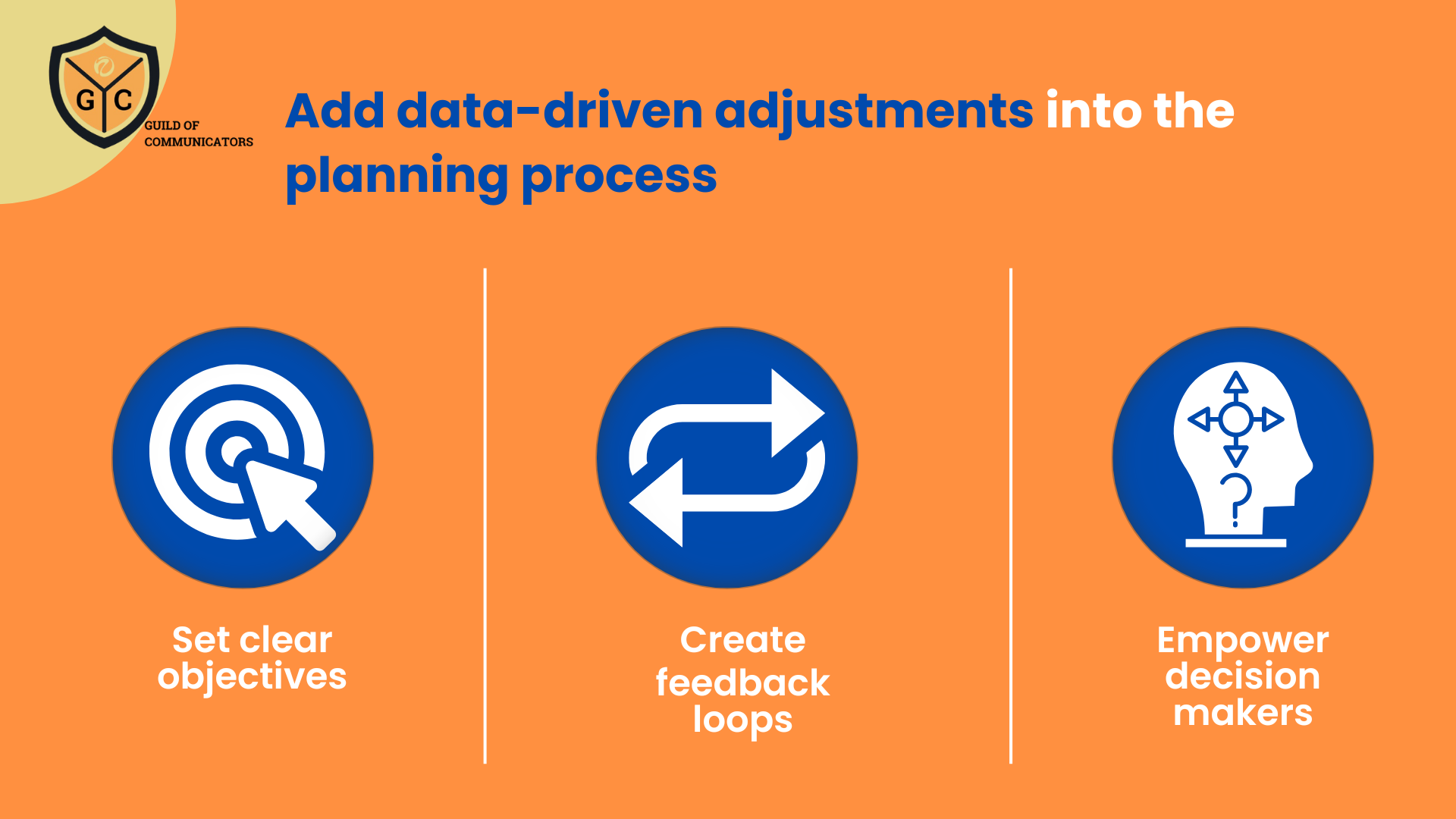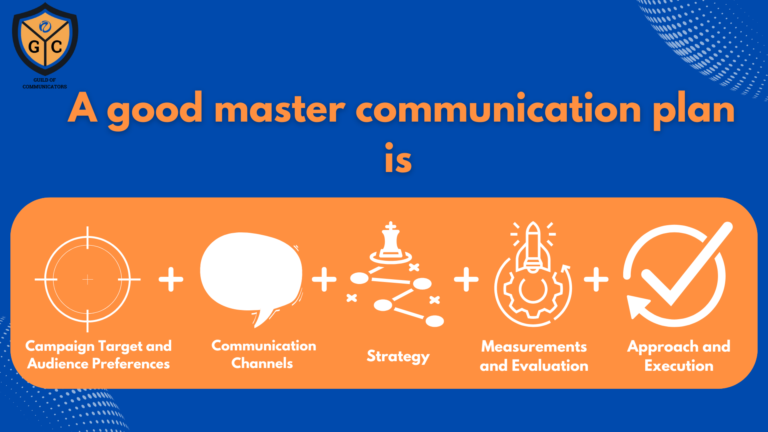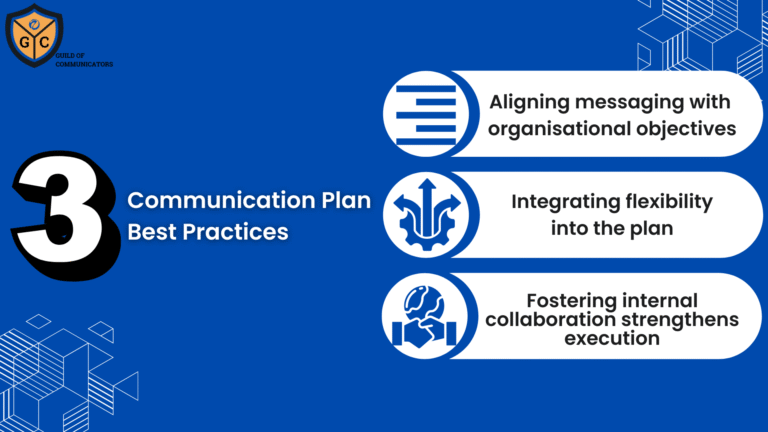Data is everywhere. As communicators, we need to become proficient in understanding the inputs we receive—particularly from qualitative sources.
These inputs often come in the form of customer feedback, social media sentiment, or stakeholder interviews. While qualitative data is rich in nuance, it can also be ambiguous.
The real challenge is translating these observations into meaningful insights that can influence our objectives and outputs.
When everything feels valid, how do you decide?
Qualitative data often presents multiple valid interpretations.
A single piece of feedback, for instance, could be seen as a sign of success, frustration, or a deeper need for change, depending on the context in which it is viewed. This ambiguity can leave communicators feeling overwhelmed. How do you determine which direction to take when multiple interpretations all seem reasonable?
The key lies in prioritising clarity. Rather than letting the data pull you in several directions, focus on the central theme that emerges. Start by grouping feedback into categories. Are the concerns similar across respondents? Is there a particular pattern of feedback?
By honing in on the most consistent themes, communicators can avoid being sidetracked by each individual opinion and instead focus on what’s truly impactful.
The hidden influence of risk aversion
When faced with pressure to deliver results, it’s easy to fall back on a conservative approach.
After all, playing it safe tends to avoid mistakes, and many campaigns are already high-stakes. The real issue, however, is that this caution can lead to missed opportunities. With the constant pressure of deadlines, budgets, and expectations, communicators can become fixated on maintaining a sense of control. This manifests in sticking with familiar approaches, rather than embracing new data-driven ideas that might carry more uncertainty.
The challenge is that this risk aversion often prevents true creativity from flourishing. What might seem like a safer route could, in fact, limit potential impact.
Data should be a tool for enabling informed risks, not stifling them. By embracing a more open mindset to the unknowns that data might reveal, communicators can find innovative ways to achieve their goals.
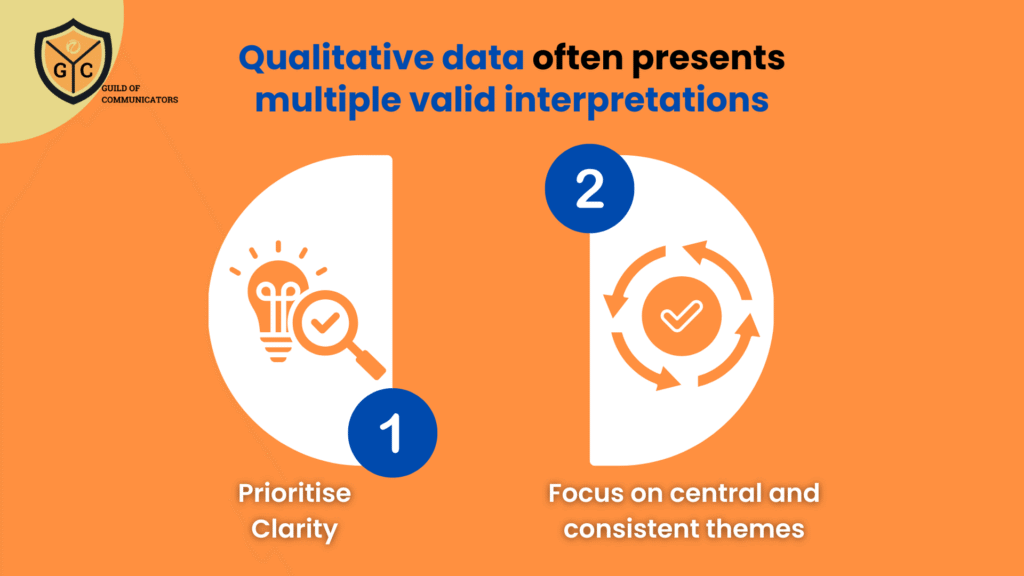
Stop treating data as a verdict
One of the most common missteps communicators make is treating data as a final judgment. The belief that data is an absolute answer to a question can be tempting, but it overlooks a crucial aspect—data is a tool for insight, not a verdict. Relying too heavily on a singular data point or snapshot can limit the effectiveness of a campaign.
Instead of treating data as an end result, think of it as a conversation starter. Let data provoke further questions, offer insights into potential trends, and guide decision-making.
By positioning data as a starting point rather than the final word, you open the door for adaptation and agility in your campaign approach.
Where data meets decision
Data alone doesn’t create change. It’s how data is interpreted and used that leads to meaningful shifts. At the intersection of data and decision-making is where the real power lies.
But when does data actually get to change our objectives or outputs?
The answer lies in the data’s ability to indicate a clear trend or direction that cannot be ignored. This could mean a shift in customer preferences, a change in how a message is being received, or new insights into how resources should be allocated.
When the data points to a significant shift, it’s time for action. Being prepared to respond to these signals, rather than sticking rigidly to the original plan, is what makes campaigns adaptable and successful.
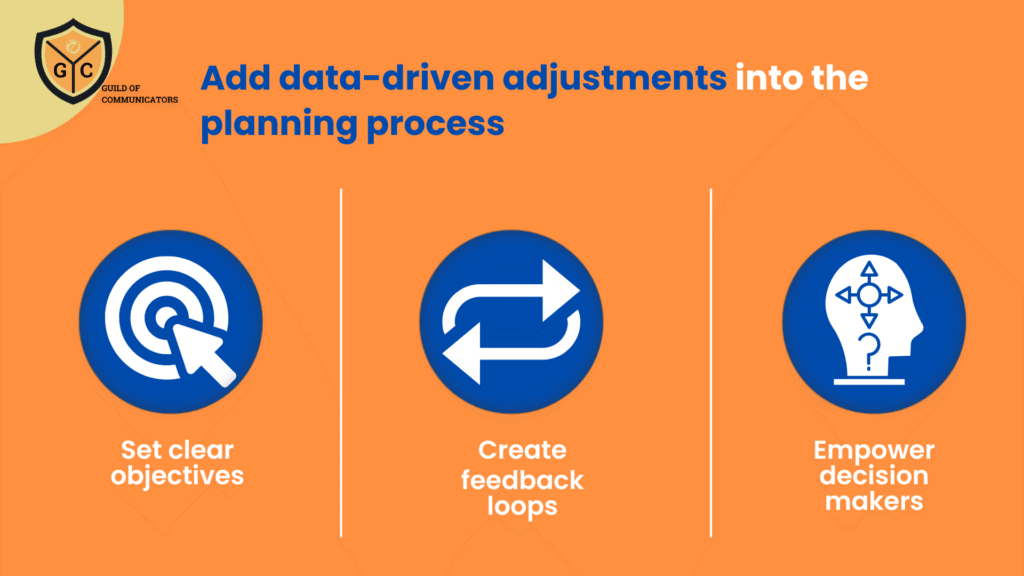
Making adaptive planning part of the process
The key takeaway is simple: data is an asset that should inform and shape your strategies, not a barrier that limits creative possibilities. By understanding how to use data to change objectives and outputs effectively, communicators can make more informed decisions and adapt quickly to shifting circumstances.
To make data truly work for you, the ability to adapt is crucial. Incorporating data-driven adjustments into the planning process requires an organised, flexible approach. This doesn’t mean abandoning your strategy at the first sign of change, but it does mean leaving room for new information to shape your direction.
Here are three ways to effectively manage this process:
- Set clear objectives with flexibility in mind – Define success, but build in the flexibility to adjust strategies as new data comes in.
- Create feedback loops – Regularly gather data throughout a campaign, and use it to adjust tactics, messaging, or outreach strategies.
- Empower decision-makers – Ensure that everyone involved in the campaign understands how to use data to influence decisions. This creates a culture of responsiveness and agility.
By implementing these methods, communicators can transform data from a passive record of events into an active driver of decision-making and improvement. Use it to propel your campaigns forward and ensure that your objectives and outputs stay relevant in the face of changing trends and feedback.
Join the Guild of Communicators at www.gocommunicators.com.
The Guild of Communicators (Go Communicators) stands as the preferred community for communicators seeking to elevate their craft. Through our Academy of Excellence, we provide best-in-class frameworks, fit-for-purpose resources, and opportunities that support members in achieving professional excellence.
We provide the following resources, tools and opportunities to members:
- Best-in-Class Resources: We provide our members with access to frameworks, playbooks and tools that empower them to achieve and maintain professional excellence.
- Continuous Learning and Growth: Through our comprehensive training programmes, workshops, delivered digitally, 24/7 and in-person, we support the ongoing professional development of communicators.
- A Supportive Network: GOC fosters a vibrant community where communicators can connect, collaborate, and support each other, creating a network that champions mutual growth and success.
- Shared Knowledge and Expertise: Our members benefit from the collective wisdom and experience of a diverse group of communication professionals, enhancing their skills and perspectives.
Go Communicators is dedicated to amplifying the impact and value that communicators bring to their organisations, highlighting their crucial role in driving success and growth.
We equip our members with the strategies and tools needed to become influential leaders and business partners within their organisations, enhancing their ability to drive positive change and outcomes.
Through our support and resources, communicators can demonstrate clear, measurable outcomes that showcase their value and impact, reinforcing their importance to their organisations. Join the Guild of Communicators at www.gocommunicators.com
Subscribe to join over 1500+ communicators and brands getting value every Tuesday while reading A Communicator’s Perspective, our weekly newsletter.

